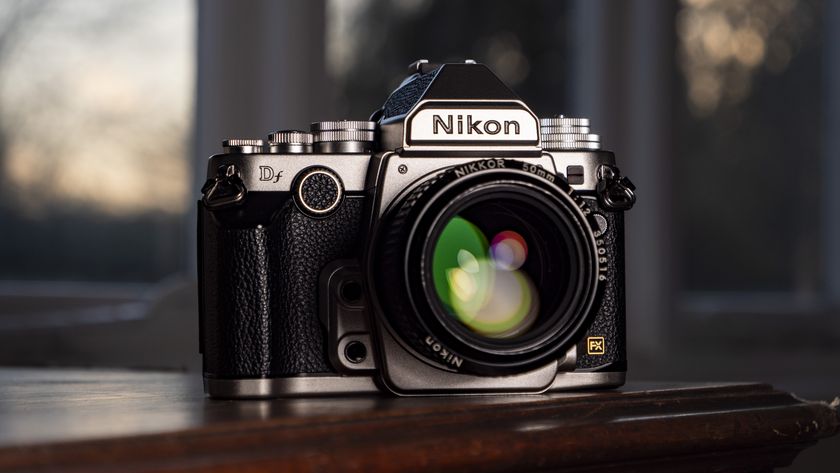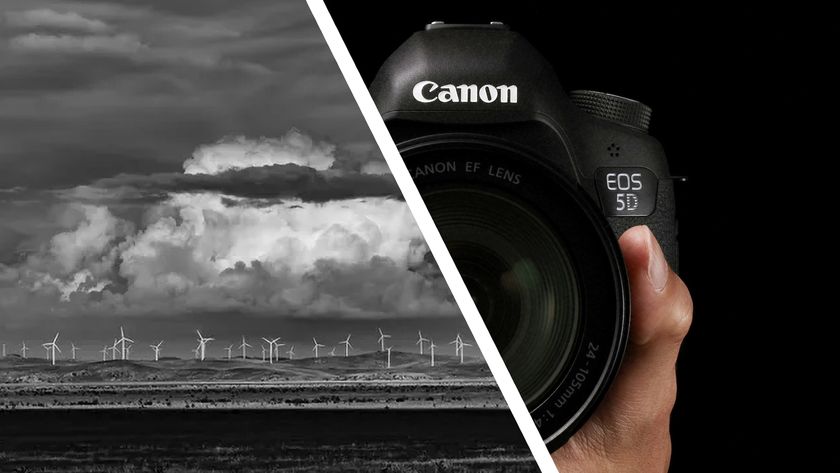Canon's new EOS M3 compact system camera takes no chances
The EOS M3 is not so much a giant leap as a tentative half-step forward
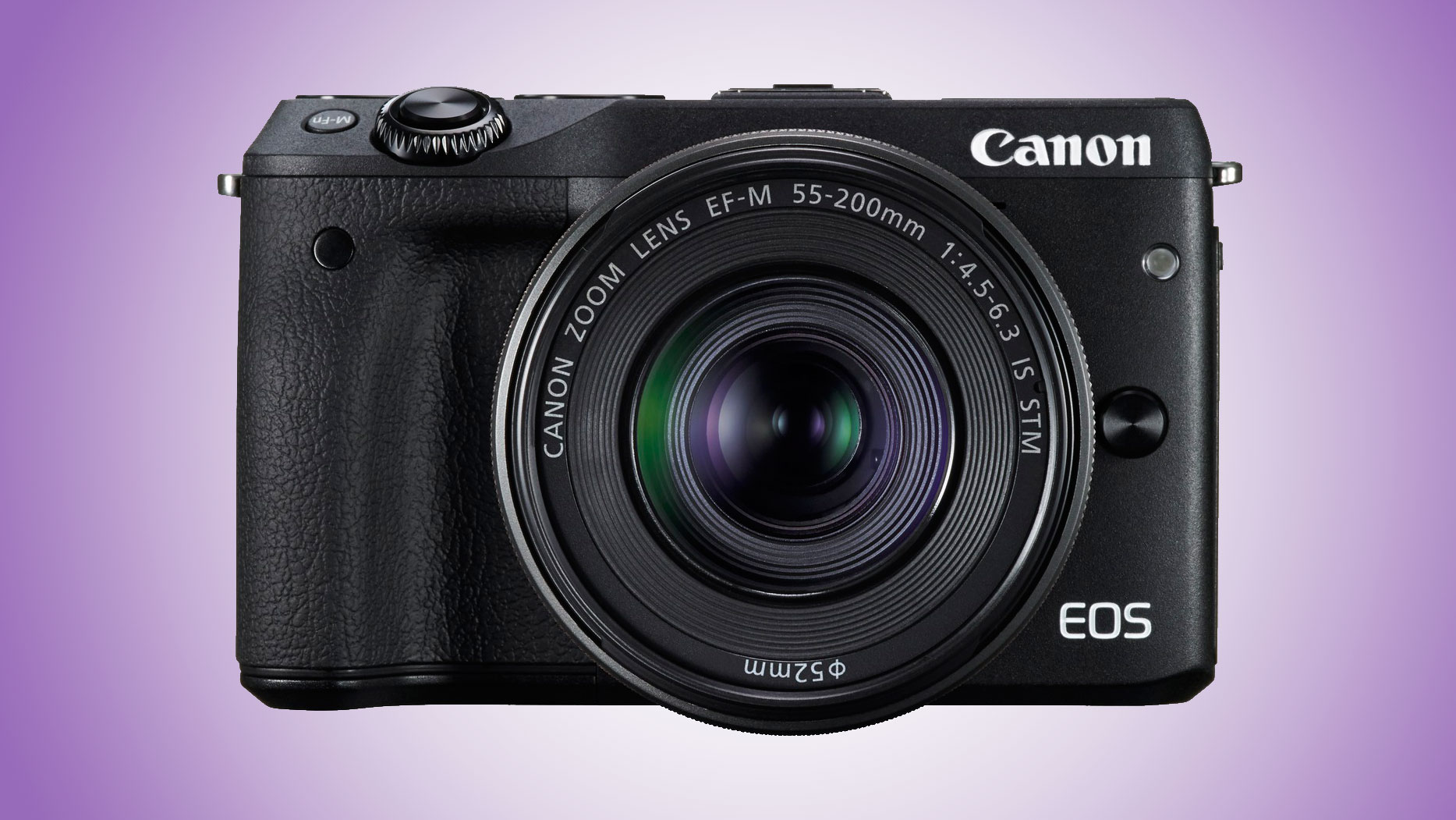
Canon's slogan for the EOS M3 is 'The power of EOS, only smaller'. Well, it's not all of the power, and it's not massively smaller.
One of the issues with the original EOS M was that its 18-55mm kit lens was hardly any more compact than a regular DSLR's, so no matter how small and neat the body, adding the lens turned it into an unpocketable lump.
That hasn't changed. So while Canon's CSC-making rivals switch to space-saving retracting lenses and ever-smaller bodies, the EOS M3 is still caught in the middle; smaller than a DSLR, but not small enough.
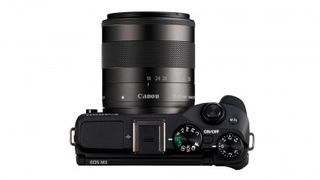
And there's still no electronic viewfinder. The Fuji X-T1 and Olympus OM-D series has shown that DSLR-style compact system cameras can look great, handle brilliantly and really capture the camera-buying public's imagination. Canon could have followed this route with the EOS M3 and produced a radically different camera, but it hasn't.
You can fit the add-on EVF designed for the PowerShot G1 X Mark II to the accessory shoe on the top of the EOS M3, but that's an expensive extra.
Better, faster, more creative
On the plus side, the M3 uses the brand new 24-megapixel sensor fitted to the just-announced EOS 750D and 760D. This also has Canon's latest 49-point Hybrid CMOS AF III autofocus system. On the 750D and 760D this gives a 4x speed improvement over the previous version (in the EOS 100D), but here you get a 6x speed gain over the original EOS M. The EOS M also has the more powerful DIGIC 6 processor used in the 750D and 760D (DIGIC 5 in the EOS M).
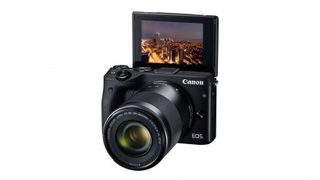
Canon has added a contoured grip to the front of the camera to make it easier to hold and the touch-screen display on the back now tilts up to 180 degrees upwards and 75 degrees down. It also has a new Creative Assist mode where you can adjust brightness, background blur, color saturation, contrast, warmth and filter effects and see them applied live – and then you can save these effect combinations to use them again. Wi-Fi and NFC are built in, and you'll be able to control the EOS M3 remotely with a smart device using Canon's Camera Connect app.
Get daily insight, inspiration and deals in your inbox
Sign up for breaking news, reviews, opinion, top tech deals, and more.
We're looking forward to trying out this new 24-megapixel sensor properly, and testing its performance across its usefully wide ISO range, from 100-12800.
The EOS M3 goes on sale from April 2015 and will cost £600.
Canon Ixus 275 HS (ELPH 350HS)
Canon's new DSLRs were the stars of the show, but Canon took the opportunity to launch two new compact cameras too.
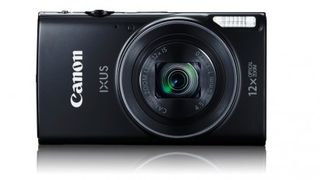
The Ixus 275HS is slim and stylish and packs a 12x optical zoom and 20-megapixel sensor. It has NFC and Wi-Fi communication built in and offers wireless remote control with a smart device running Canon's Camera Connect app.
The Ixus 275 will be available from May 2015 and will cost £190/US$210 (about AU$268).
Canon PowerShot SX410 IS
Canon's new PowerShot has a 40x optical zoom and fits roughly in the middle of Canon's PowerShot range. It's not quite as large as Canon's top-end bridge cameras like the SX60 HS and SX510 HS, but it still has a substantial lens barrel at the front so it's not really a pocket-sized 'travel' camera like the slimline SX710 or SX610.
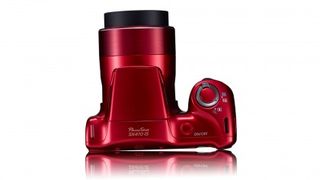
Inside there's a 20-megapixel sensor and Canon's 'Intelligent IS' image stabilization system to keep camera shake under control – the ergonomic grip on the front should help too.
It does shoot movies, but only standard 720p not full HD, which is a bit of a surprise but hardly a deal-breaker, in that you don't really buy a camera like this for its movie quality.
The SX410 IS goes on sale from March 2015 for £250/US$280 (about AU$358).

Rod is an independent photographer and photography journalist with more than 30 years' experience. He's previously worked as Head of Testing for Future’s photography magazines, including Digital Camera, N-Photo, PhotoPlus, Professional Photography, Photography Week and Practical Photoshop, and as Reviews Editor on Digital Camera World.
Most Popular




